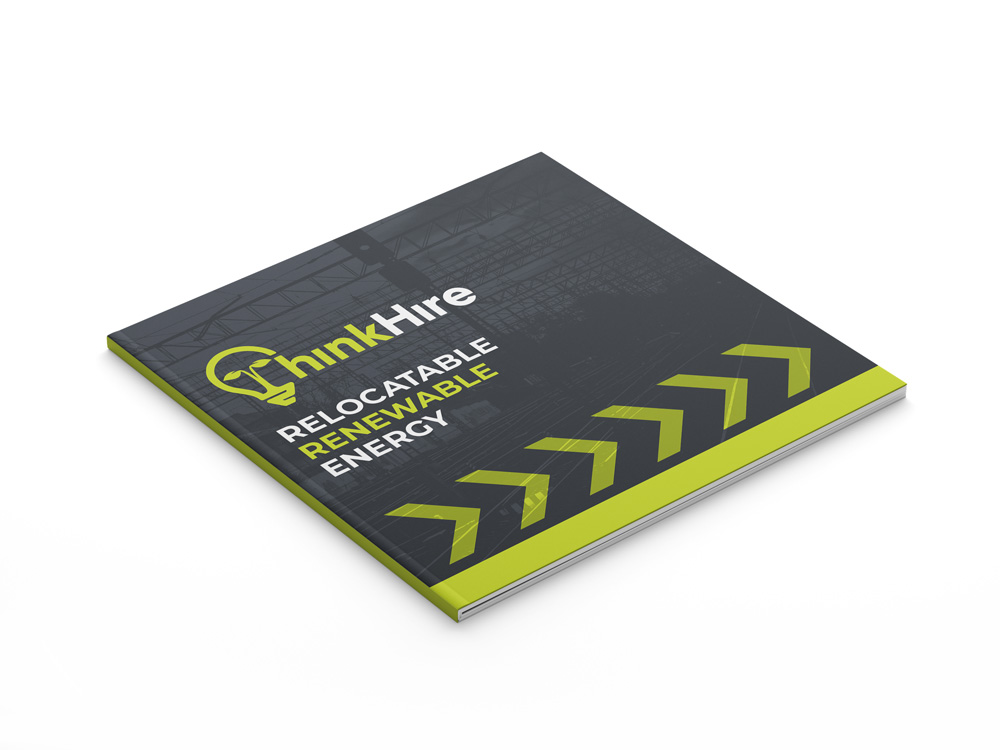England Cricket Cuts Emissions by a Third Using Renewable Energy Sources
Date: 29/01/24

We blogged last year about the climate impact of football. With most Premier League teams flying to most games, even over short distances, football has a significant carbon footprint. However, that’s nothing compared to the carbon footprint of international cricket.
England regularly fly all over the world, to New Zealand, India and the West Indies, South Africa, Australia and Pakistan. Even home games use gallons of water on the pitches and considerable amounts of fossil fuels for the ground staff’s machinery and equipment. Fans travel for miles to see games and spend all day eating and drinking, using up resources and producing waste. And that’s before the massive floodlights come on.
Changing the field
The good news is that cricket is facing up to its environmental responsibilities. A recent report shows that the so called Go Green Game – a T20 between England and New Zealand at Edgbaston – cut the predicted CO2 emissions by 33.7% by using renewable energy sources.
All the power for the stadium was provided by renewable energy sources, including the kind of portable solar power stations that Think Hire specialise in. The mowers and rollers for the pitch were all swapped out for electric machines. Even the famous 4 and 6 cards waved by the fans were made of seed card, which could be taken home and planted to grow bee-friendly wildflowers.
It’s no spin
The environmental efforts at Edgbaston are not just a gimmick to put a positive spin on the impact of international cricket. In fact, the changes have been echoed across the game. The two iconic stadia in the capital both utilise renewable energy sources, with Lords fully powered by wind turbines and the Oval recently adding a whole stand of solar panels.
Experiments, such as the Go Green Game, show how seriously cricket is taking climate change, and how actively they are pursuing positive solutions such as renewable energy sources.
Hit for Six
These changes can’t come a moment too soon. Hit for Six, a report into the impact of climate change on cricket singled out the sport as the most likely to suffer. If the climate continues to degenerate, drought and flooding will take their toll on pitches around the country and across the world.
‘Weather conditions will be less stable and, likely, more dangerous,’ says Dr Russell Seymour, MCC Sustainability Manager in the report’s introduction. ‘(impacts will be felt) through the risks of extreme heat and humidity to players and spectators, or more severe storms, floods and droughts, impacting communities, facilities and finances.’
Grassroots support
Of course, you don’t have to be Lords or Edgbaston to make a difference with your team. As Dr Seymour explains: ‘There’s a misconception that clubs, venues and governing bodies have to be perfect examples of sustainability before they engage in the conversation.’ But this simply isn’t true. The ECB has provided £3m in funding to help make cricket clubs more sustainable by using renewable energy sources, and Think Hire are here to help you do just that.
From portable solar power stations to electric vehicle charging points for mowers and rollers, Think Hire have a full squad of environmentally friendly equipment to help your club make a difference. Whether you play village cricket or county cricket, whether you’re constructing a new clubhouse or replacing a huge stand, our expert team can help you do it more sustainably, using fewer fossil fuels and producing lower emissions.
Put Think Hire into bat
To get your club on a winning streak when it comes to bowling out climate change, contact Think Hire about renewable energy sources today. You’ll be bowled over by our service and our sustainable solutions.
